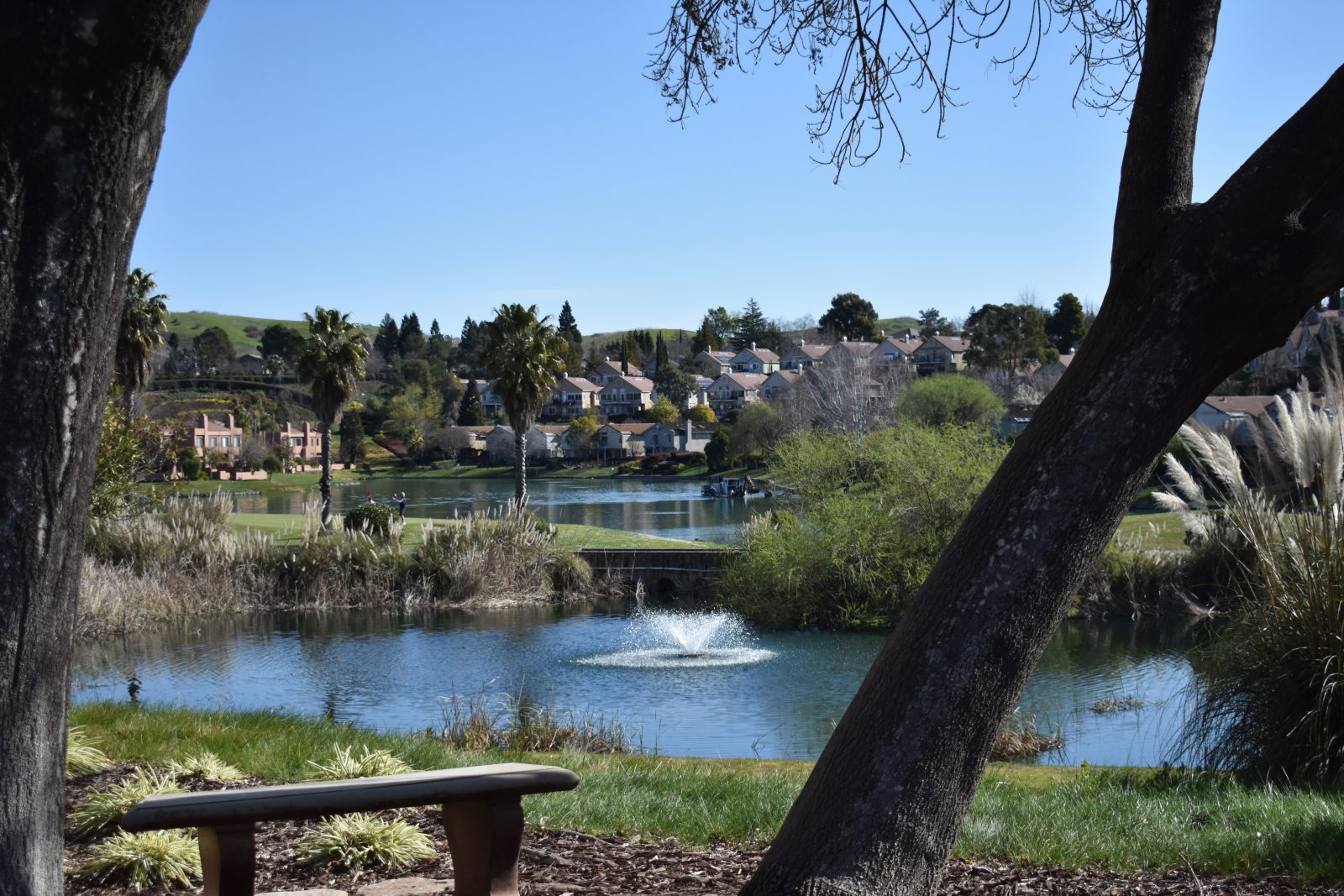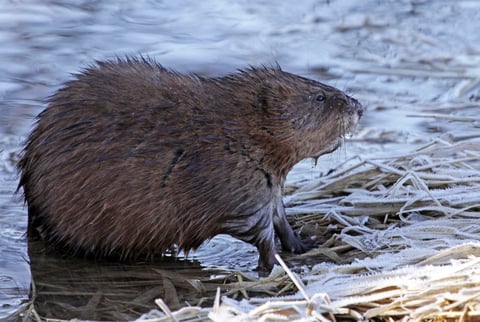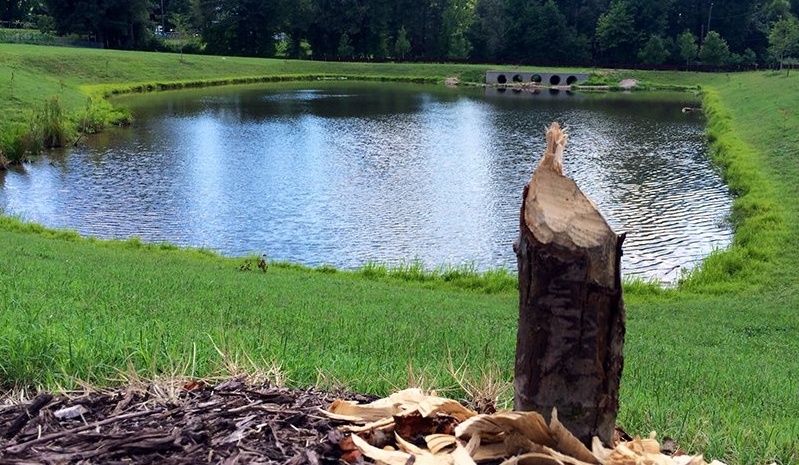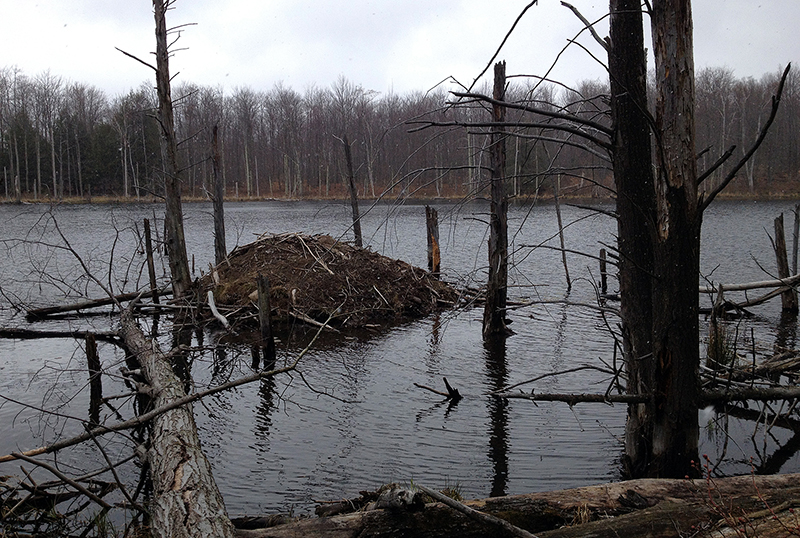

Pond Management: What are those furry creatures in my pond?
The Muskrat and North American Beaver have adapted to the increasing number of stormwater ponds and facilities, and can cause huge headaches if not recognized and controlled.
Muskrats are small dark brown to black aquatic rodents (16-24 in., 1.3-4.4 lbs.) that live in ponds and wetlands throughout most of the United States and Canada, feeding on the aquatic vegetation found there. Muskrats are prolific breeders and can have two to three litters of up to eight young per litter every year. Muskrats were once trapped extensively for their fur, but reduction of trapping and predator numbers have allowed muskrat populations to remain strong, even with the loss of wetland habitat.

The muskrat has moved into many stormwater ponds, wetlands, and facilities. They can seriously damage these areas by burrowing into embankments, leading to massive erosion and even pond/facility failure. They can also eat installed and beneficial wetland plants. Because they breed prolifically, the population can quickly become destructive. They are active mainly at dawn or dusk, but burrows in the embankment near the water and disappearing aquatic vegetation are indicators of muskrats. There are very few preventative measures to keep muskrats from your pond, but keeping cattail populations under control can reduce the risk. Trapping is the best method to control muskrat populations.

Beavers are the largest rodent in North America and are found throughout the continent (25-35 in., average 44 lbs.). They were once almost trapped into extinction. Conservation efforts and the collapse of the fur market have seen their populations rebound. Beavers are the prolific dam and lodge builders. The ponds they create give them access to the leaves, buds, and inner bark that is their food source.
Beaver activity in stormwater ponds and drainage areas cause costly damage. Beavers block outfall areas leading to reduced drainage and flooding problems. Beavers can also burrow into embankments that can also cause erosion and failure of stormwater facilities. Although beavers are nocturnal, fallen trees near your pond are a sure sign beavers are active in the area. Keeping woody vegetation from growing on the embankment or in the facility can reduce the risk of beavers. Trees can also be protected with wire fencing or a mixture of latex paint and sand. Once beavers are in your pond, trapping is often the best method to remove them.
Regulations on trapping vary from state to state. If you think you have a muskrat or beaver problem, your lake and pond professional can work with you, your community or your client’s community to develop the correct management plan for these remarkably adaptable creatures.
Contact the experts at 888-480-5253 for your lake, pond, and fisheries management needs.
SOLitude Lake Management is a nationwide environmental firm committed to providing sustainable solutions that improve water quality, enhance beauty, preserve natural resources and reduce our environmental footprint. SOLitude’s team of aquatic resource management professionals specializes in the development and execution of customized lake, pond, wetland and fisheries management programs that include water quality testing and restoration, nutrient remediation, algae and aquatic weed control, installation and maintenance of fountains and aeration systems, bathymetry, mechanical harvesting and hydro-raking, lake vegetation studies, biological assessments, habitat evaluations, and invasive species management. Services and educational resources are available to clients nationwide, including homeowners associations, multi-family and apartment communities, golf courses, commercial developments, ranches, private landowners, reservoirs, recreational and public lakes, municipalities, drinking water authorities, parks, and state and federal agencies. SOLitude Lake Management is a proud member of the Rentokil Steritech family of companies in North America.









